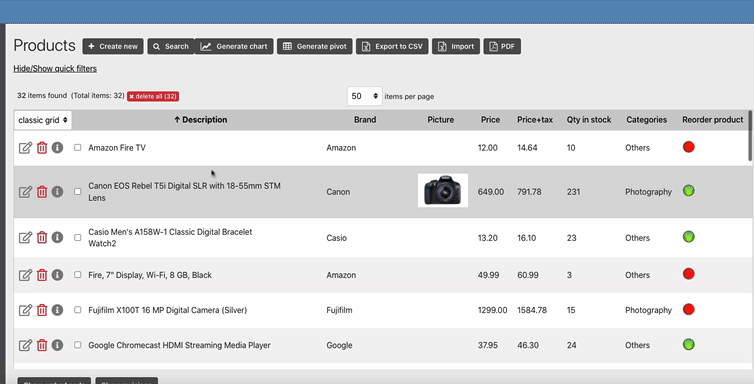V. 11.5 Elba is out. Force Password Change, better UX/vocabulary for search feature
Posted by Eugenio on 28 Apr 2022
Dear user,
version 11.5 is out. This release contains two main improvements:
1) The new Force Password Change feature
2) A more clear vocabulary and better UX for the search feature
Let me go into some details:
1) Admins can now set, for a user, the new field "Force password change"; if the field is set yes (it's yes by default, when an admin manually adds a new user), the user is forced to change the password after the next login.
2) I realized that the labels of the buttons were not very clear. The "Search" button on the top menu is now called "Advanced Search" (because it is actually a link to an advanced search form) and it only appears when at least one field is available in the search form; the "quick search" submit button on the top of the results grid and the "search for items" submit button in the advanced search form are both just "search" now.
Furthermore, the submit button label for the insert form is now just "Save" (according to the feedback received, "Insert a new item >>" was a bit confusing - but you can still use it if you want).
If you use the online demo, please note that it is still based on V 11.4 so you won't see these improvements.
As usual I suggest to check the change log for the complete list of changes and bug fixes.
You can buy your new license here.
you can upgrade your existing license here.
Best,
--
Eugenio Tacchini
DaDaBIK Founder
